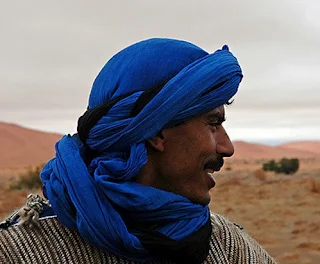Understanding Nomadic Heritage
Why Nomads Are Important
Nomads preserve living heritage while adapting to change. Their knowledge of land, livestock, and community offers practical lessons for today’s world.
For a broader look at masculinity and identity, explore African Men: Identity, History & Culture.
Table of Contents
- Finding Your Way: Understanding Nomadic Heritage
- What Is Nomadic Heritage?
- Kyrgyzstan Nomadic Heritage
- Connecting Across Continents
- Maasai of East Africa
- Tuareg of the Sahara
- Additional Important Nomadic Cultures
- Understanding the Importance of Nomads
- Related Reading

Finding Your Way: Understanding Nomadic Heritage
Feeling lost in a new place is common. Understanding nomadic heritage can feel similar—until we see how mobility, adaptation, and nature shape these cultures.
Nomadic communities carry and share traditions while moving across large landscapes. From Kyrgyzstan to East Africa to the Sahara, mobility and memory work together. They keep indigenous culture alive in a changing world.
What Is Nomadic Heritage?
At its core, nomadic heritage is defined by movement. Families follow seasons and water, shifting with herds or trade. This demands resourcefulness, resilience, and intimate ecological knowledge.
Many pastoral systems are inherently sustainable: rotating herds prevents overgrazing and lets grasslands recover—living proof of balance with nature.

Kyrgyzstan Nomadic Heritage
For centuries, Kyrgyz herders have moved sheep, horses, and yaks across mountain pastures. Mobility forged tight communities, deep land knowledge, and nonstop adaptation.
Connecting Across Continents
Nomadic lifeways echo across continents. The flexibility that sustains Kyrgyz riders also guides East African pastoralists and Sahara traders. In a warming world, their strategies—mobility, shared resources, and careful timing—matter more than ever.

Maasai of East Africa
Maasai pastoralists in Kenya and Tanzania move herds to fresh pasture, reading rains and grasses like a calendar. Land stewardship and community bonds anchor their lifeways. Their herding knowledge complements modern livestock initiatives such as goat keeping for smallholders.
Tuareg of the Sahara
The Tuareg—renowned for indigo garments—blend herding and long-distance trade. Star paths, wells, and dunes form a map held in memory, akin to Kyrgyz routes in high pastures.
Nomads like the Tuareg and Turkana of Kenya’s Ilemi Triangle share strategies for surviving dry, shifting landscapes.

|
Additional Important Nomadic Cultures
The Mongols: Steppe horse culture that built a vast 13th-century empire and connected Eurasian trade.
The Inuit: Arctic hunters and fishers whose mobility, craft, and navigation master extreme climates.
The Bedouin: Arabic-speaking desert nomads known for camel herding, poetry, and trade across dunes.
Understanding the Importance of Nomads
Nomadic heritage is a living guide to resilience. From Kyrgyz riders to Maasai herders, Tuareg traders, and Turkana herdsmen, mobile peoples model stewardship, flexibility, and solidarity—skills the world needs as climates and economies shift.

